Nepal refuses to move Everest Base Camp (5,364 meters) to a new location suggested by climate activists, despite the risks associated with climate change and weather difficulties.
In 2022, the Nepalese government considered moving Everest Base Camp to a lower elevation due to concerns about melting glaciers and rising global warming.
However, the Sherpas, the heroes of the mountains, strongly opposed this proposal. They argued that reallocating the base camp is not a practical solution and emphasized that the government has failed to provide a viable alternative.
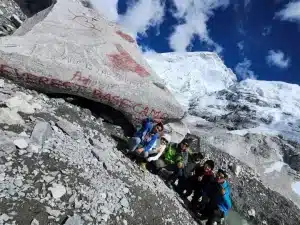
Trekkers at base camp
Table of Contents
Is moving the Everest base camp to a lower elevation a viable solution?
Recently, the Nepali government has proposed to move Everest base camp to an elevation of 200 to 400 m lower, away from the Khumbu Glacier. The main reason is to mitigate the risks of glacial melting due to increasing temperatures. Research conducted by Leeds University in 2018 revealed that the segment close to the base camp is thinning at 1m per year.
In addition to the glacier’s thinning, there are other alarming developments. Ponds and lakes on the world’s highest glacier are expanding due to the joining of these water bodies. This expansion poses certain risks and challenges to the mountaineers.
Some climbers have also observed streams flowing from the middle of the base camp and crevasses have also started to widen rapidly, indicating a potential danger.
However, the Sherpa community, which forms the backbone of the mountaineering industry, doesn’t support this idea. More than 95% of them said “no” to the reallocation of the base camp.
That’s a big deal, so Tourism Ministry officials, in a recent consultation with the mountaineering industry of Nepal, have temporarily halted the proposal.
Thus, the absence of a strong, supportive voice for relocation further complicated the matter. Nima Nuru Sherpa, who is president of the Nepal Mountaineering Association, knows global warming is a big problem, but there’s no clear place to move the base camp to, so it’s a tough decision.
Moreover, the Sherpa community urges that the current location of the base camp is ideal for early morning starts, especially when crossing the treacherous Khumbu Icefall. During Everest expeditions, climbers need to cross the Khumbu Icefall in the early morning, as the sun’s heat later in the day leads to melting ice and increases the risk of avalanches, rockfalls, and ice blocks.
To address this concern, some people say the current spot could become an advanced camp if the base camp is located in a lower section. This enables climbers to start their early morning ascent through Khumbu Icefall, ensuring safety and convenience. Mingma Sherpa, the chairman of Khumbu Pasang Lhamu Rural Municipality, supports this idea.
Is the current location of EBC safe?
According to record-holding climber Kami Rita Sherpa, the Everest base camp remains a safe place for climbers. He considers the base camp the most suitable and secure place for preparing before heading toward the summit, primarily due to the absence of better alternatives nearby.
Sherpa’s opinion is that relocating EBC to a lower altitude would pose a greater risk. The existing base camp is strategically situated on the edge of the Khumbu Glacier. Moving it to a lower position would bring it closer to the Pumori mountain, where a devastating avalanche hit during the 2015 earthquake, resulting in the tragic loss of many climbers and sherpas.
Moreover, moving down the base camp to a lower elevation would create challenges related to the water supply. At the current base camp, climbers have access to meltwater from the nearby glaciers, providing a reliable source of water. Even in the absence of meltwater, climbers can easily collect ice, melt it, and obtain drinking water.
In contrast, if the base camp is moved to a lower elevation, climbers would need to undertake a time-consuming trek of approximately an hour to access a water source, which can be logistically challenging at high altitudes.
In summary, the Sherpa community, represented by mountaineer Kami Rita Sherpa, thinks that the present location of Everest Base Camp is safe and a practical choice for mountaineers. Moving to a lower elevation could introduce certain risks, including the potential for avalanches and water scarcity.
What other significant concerns are emerging at Everest Base Camp aside from melting glaciers?
In addition to the alarming issue of the melting Khumbu glacier due to climate change, the Everest base camp faces other pressing concerns.
Foremost, the main escalating problem is overcrowding. The government’s decision to issue a huge number of Everest climbing permits, totaling 478 for the spring 2023 season, has resulted in a congested base camp. Out of all, 17 climbers died on Mount Everest in spring 2023.
There are over 1,500 individuals, including climbers, support staff, and mountaineer guides. The area has become densely populated, which can strain resources, increase the risk of accidents, and diminish the overall quality of the climbing experience.
Dambar Parajuli, the head of the Expedition Operators’ Association Nepal, has noted that the size of the base camp has doubled in recent years. Furthermore, non-essential luxury services, such as massage parlors, have contributed to this growth. The operations at the base camp lack strict regulations to specify what is permitted or restricted.
Certain experts have expressed concern that the continual rise in the number of tourists for the EBC Trek each year may lead to the expansion of the base camp into regions of the Khumbu Glacier that are less stable.
Finally, any decision regarding the Everest Base Camp’s operation and expansion should prioritize the safety and well-being of all climbers, ensuring that the steps taken align with their security.
Enhancing Safety at Everest Base Camp Without Relocation
Undoubtedly, the potential challenges posed by climate change are becoming increasingly evident. We can’t ignore the fact that the Khumbu Glacier is shifting, creating certain risks for climbers. But still, specific measures can be implemented to mitigate these risks without relocating the Everest base camp.
One effective strategy that the Nepalese government can adopt is to provide electricity within the camp area. This would reduce the use of gas for cooking, which contributes to the warming of the region. By using electricity as an alternative energy source, climbing expeditions could significantly reduce their environmental impact.
Another area of concern is the safety associated with helicopter landings at EBC. To address this, the government can shift the helipad to a more secure location, minimizing the risk involved in these operations.
Likewise, the government could invest in advanced technology to establish more weather stations to improve the accuracy of weather forecasts. Such improved forecasting can enhance the safety of mountaineering.
Furthermore, the Nepali government should accelerate campaigns aimed at cleaning the mountains and preserving the pristine environment. Proper waste management and recycling initiatives are crucial for maintaining the ecological balance of the region.
Meanwhile, improving the safety of Everest Base Camp without moving it is feasible through a combination of practical measures, better infrastructure, advanced technology, and involvement in environmental protection. Thus, the global community must come together to preserve this unique and fragile ecosystem while sustaining the local mountain economy.

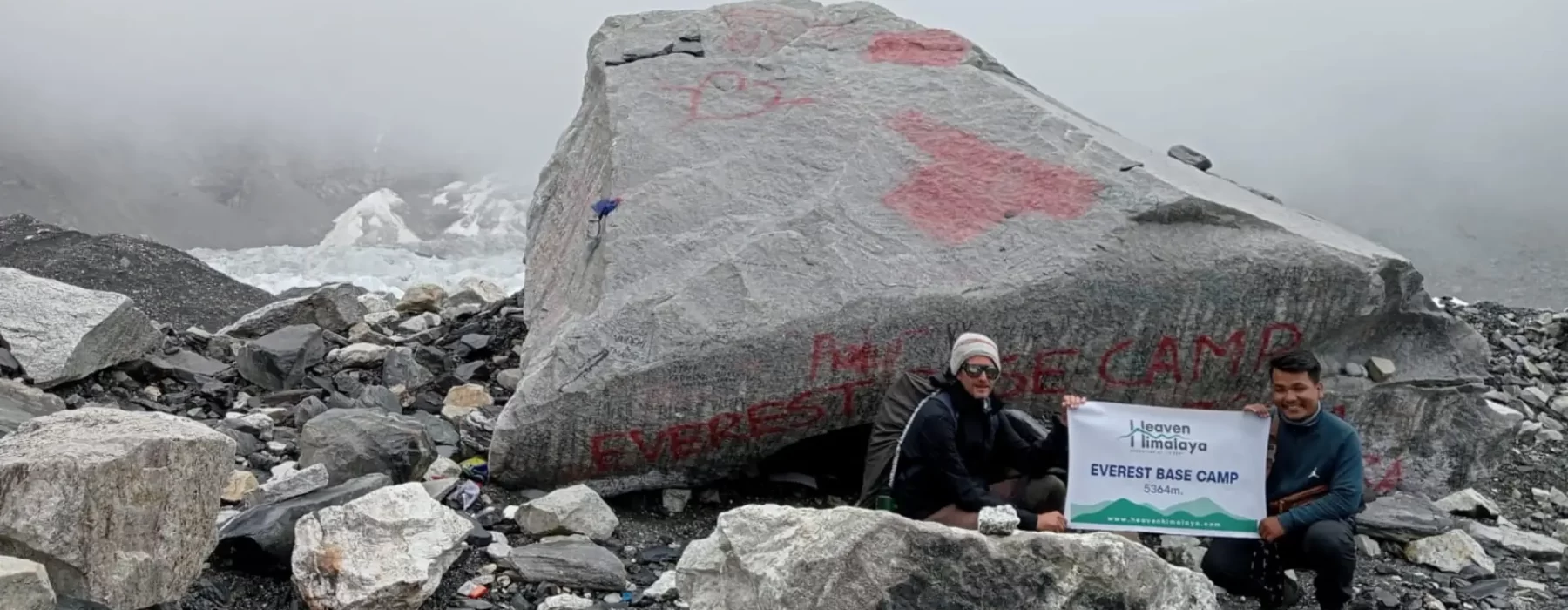

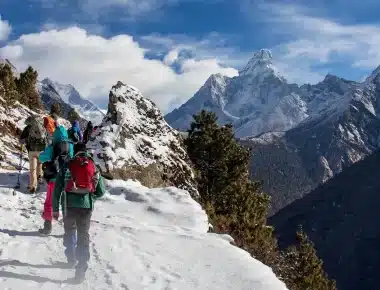
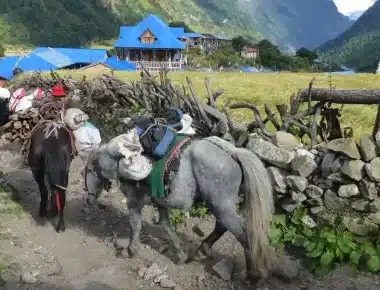
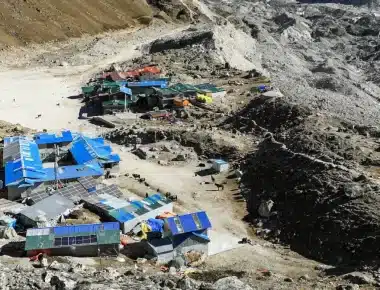
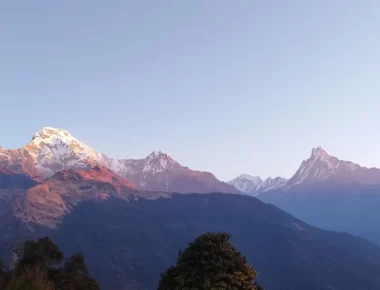

0 Comments